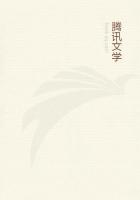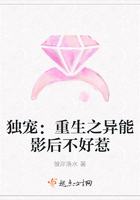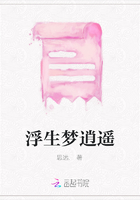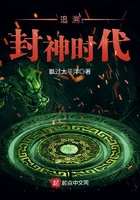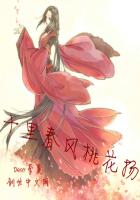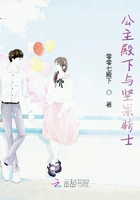After the last words of the prisoners had been heard, the form in which the questions were to be put to the jury was settled, which also took some time. At last the questions were formulated, and the president began the summing up.
Before putting the case to the jury, he spoke to them for some time in a pleasant, homely manner, explaining that burglary was burglary and theft was theft, and that stealing from a place which was under lock and key was stealing from a place under lock and key. While he was explaining this, he looked several times at Nekhludoff as if wishing to impress upon him these important facts, in hopes that, having understood it, Nekhludoff would make his fellow-jurymen also understand it. When he considered that the jury were sufficiently imbued with these facts, he proceeded to enunciate another truth--namely, that a murder is an action which has the death of a human being as its consequence, and that poisoning could therefore also be termed murder. When, according to his opinion, this truth had also been received by the jury, he went on to explain that if theft and murder had been committed at the same time, the combination of the crimes was theft with murder.
Although he was himself anxious to finish as soon as possible, although he knew that his Swiss friend would be waiting for him, he had grown so used to his occupation that, having begun to speak, he could not stop himself, and therefore he went on to impress on the jury with much detail that if they found the prisoners guilty, they would have the right to give a verdict of guilty; and if they found them not guilty, to give a verdict of not guilty; and if they found them guilty of one of the crimes and not of the other, they might give a verdict of guilty on the one count and of not guilty on the other. Then he explained that though this right was given them they should use it with reason.
He was going to add that if they gave an affirmative answer to any question that was put to them they would thereby affirm everything included in the question, so that if they did not wish to affirm the whole of the question they should mention the part of the question they wished to be excepted. But, glancing at the clock. and seeing it was already five minutes to three, he resolved to trust to their being intelligent enough to understand this without further comment.
"The facts of this case are the following," began the president, and repeated all that had already been said several times by the advocates, the public prosecutor and the witnesses.
The president spoke, and the members on each side of him listened with deeply-attentive expressions, but looked from time to time at the clock, for they considered the speech too long though very good--i.e., such as it ought to be. The public prosecutor, the lawyers, and, in fact, everyone in the court, shared the same impression. The president finished the summing up. Then he found it necessary to tell the jury what they all knew, or might have found out by reading it up--i.e., how they were to consider the case, count the votes, in case of a tie to acquit the prisoners, and so on.

